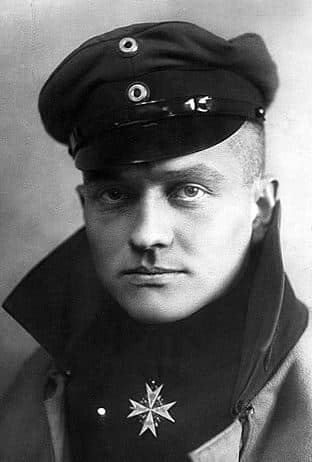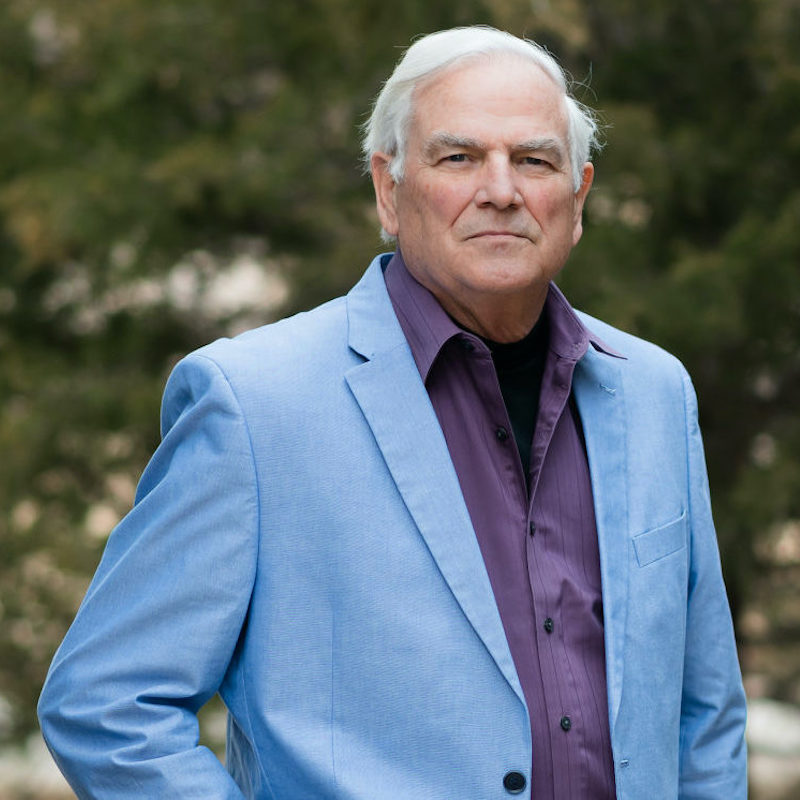This week, on November 11, Americans and people around the world, observed the 96th anniversary of the end of World War I. The holiday, which is now called Veterans’ Day in the U.S. and Remembrance Day in Canada, is still known in many other countries as Armistice Day.
It is a time to remember and honor those who fought and died not only in the First World War, but also in World War II and other conflicts. In World War I, which was supposed to be “a war to end all wars”, combatants faced many horrors. Among these was noise exposure, which was often deafening….
The Noise of Aerial Combat
The noise of combat is well known: artillery shells exploding, planes flying just overhead, small arms fire, among other terrible sounds. But noise was especially intense during WWI. Nowhere was the noise greater than in early wooden/fabric, open cockpit airplanes dogfighting over France.

German WWI Biplane
Bergen (2009) states that in the [WWI] air war pursuit planes evolved into high performance, high altitude machines, but their cockpits were still open. The deafening noise levels created by the plane and the exposure to the wind exceeded 125 dB, louder than pneumatic drills of the time. One aviator reported that the use of mufflers on the engines reduced performance, so the noise was necessary and “you get used to it.”
We know now that you do not get used to the noise; you suffer hearing loss. But at the time it was part of being a “man”, so “get used to it and do your duty”. In 1914 when WW I began, the guns used were simple revolvers and the idea was to get close enough to an enemy plane to shoot the pilot.
As the war progressed, a simple machine gun was mounted on the plane that fired to the rear and the side. Later, machine guns were engineered to fire to the front, through the propeller. They began with with crude designs, but in 1915 and 1916 more ingenious designs were introduced, first on the German side, then later for Allied planes.
Synchronous firing to the front allowed the pilot to maneuver above, below, and behind the enemy, taking shots while still in full control of the plane. This made it possible for one person to man a plane, instead of requiring both a pilot and a gunner.

Manfred Albrecht Freiherr von Richthofen known in English as Baron von Richthofen or the Red Baron
There were many aces during the air war over Europe. These were daring souls, mostly in their 20s and early 30s. One of the most famous was the German pilot Baron (Captain) Manfred von Richthofen (1892-1918). Nicknamed the “Red Baron” he downed 80 Allied planes (referred to as “Kills”) in his distinctive red Fokker plane.
In the early days, learning to fly was almost as dangerous as combat since small pilot mistakes or engine misfires caused many crashes. The Red Baron himself said about his first flights, “We drove over to the flying ground [the airport], and I got for the first time into a flying machine. The draught [noise] from the propeller was a beastly nuisance. I found it quite impossible to make myself understood by the pilot.”
On the Allied side there were Colonel Rene Fronck (1894-1953) a French ace, the Canadian Lt. Colonel ( later Air Marshal) Billy Bishop (1894-1956), and the American Medal of Honor Ace Major Eddie Rickenbacker (1890-1973), all who went on to become leaders of the air war during WW II.
After WWII, Rickenbacker was deeply involved in developing Eastern Airlines. Audiologists will recall that damage risk criteria calls for only 8 hours of exposure to 90 dB(A) and these planes were 125 dB (no citation of weighting scale), not counting the din of machine guns blazing, which are known to generate 150-155 dB of noise by themselves.
The data is scarce as to the exact noise levels to which pilots were exposed during aerial combat, but adding the airplane to the machine gun noise would have rendered these early pilots functionally deaf at an early age.
The total number of casualties in the air was less than 15,000, tiny compared to deaths on the ground and in the trenches. However, the casualty rate was 66% per month, and most of those who went into aerial combat did not live until their next birthday. The lucky ones went on to become the leaders in WW II.
Military Audiology
Aerial combat was just one source of noise in WW I. There was also the noise of the trenches, tanks, and artillery fire that all led to an epidemic of hearing impairment among the combatants on both sides of the war. As WW II loomed, concerns about the heavy toll of noise exposure in WW I led to the development of Army Audiology and Aural Rehabilitation centers in the US.
These center treated American airmen, soldiers and sailor during and after WW II, rehabilitating combatants with hearing issues.
Many of these centers became Veteran’s Administration Hospitals after WW II, and part of their legacy was the establishment of many of the evaluation and rehabilitative protocols still used today. Many of those who worked in these centers became the leaders of the fledgling field of Audiology in the 50s, 60s and 70s; some have continued contributing their expertise into the 21st century.
These centers and early audiology programs led to the establishment of military audiology in the Army in the 1960s and in the other service branches later on. Today, virtually all of the branches of the US military have military audiologists caring for the hearing of soldiers, airmen and sailors around the world.
 During this week of Veterans Day, it is fitting to acknowledge all those audiologists who have served and are still serving in uniform. Military audiology is a great place for young clinicians to obtain a wealth of experience, obtain American Board Certification, grow as people, and, possibly, conduct research.
During this week of Veterans Day, it is fitting to acknowledge all those audiologists who have served and are still serving in uniform. Military audiology is a great place for young clinicians to obtain a wealth of experience, obtain American Board Certification, grow as people, and, possibly, conduct research.
References:
Bergen, L. (2009). Before My helpless Sight. Ashgate. Retrieved November 10, 2014: https://www.amazon.co.uk/Before-Helpless-Sight-Suffering-1914-1918/dp/0754658538/ref=cm_cr_pr_product_top
Bergman, M. (2002). The origin of audiology: American wartime military audiology. Audiology Today Monograph: Retrieved November 12, 2014: https://www.audiology.org/january-2002-monograph
Bruel & Kjaer (2014). Defense Evaluation System: Retrieved November 12, 2014: https://www.bksv.com/doc/bu3101.pdf
Bryant University, (2014). WWI airpower 1918. Retrieved November 12, 2014:
Mcllwain, D.S., Gates, K., & Ciliax, D. (2008). Heritage of Army Audiology and the road ahead: The Army hearing program. Am J of Public Health, 98(12), pp. 2167- 2172: Retrieved November 12, 2014: https://www.ncbi.nlm.nih.gov/pmc/articles/PMC2636536/
About the author

Robert M. Traynor, Ed.D., is a hearing industry consultant, trainer, professor, conference speaker, practice manager and author. He has decades of experience teaching courses and training clinicians within the field of audiology with specific emphasis in hearing and tinnitus rehabilitation. He serves as Adjunct Faculty in Audiology at the University of Florida, University of Northern Colorado, University of Colorado and The University of Arkansas for Medical Sciences.
**this piece has been updated for clarity. It originally published on November 12, 2014






